Common Types of Insulation Methods and Materials
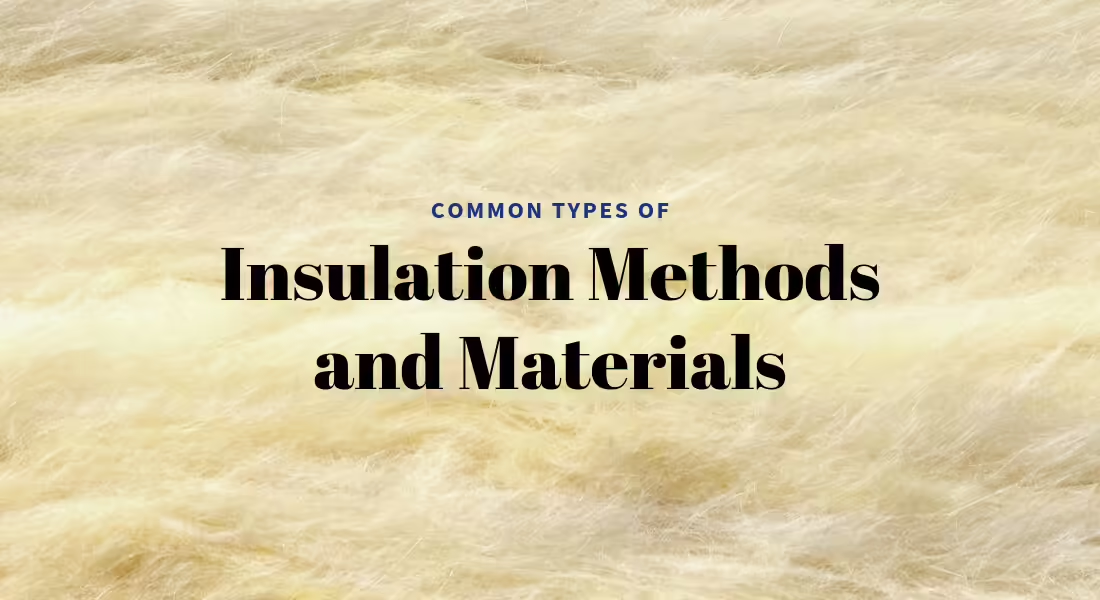
Insulation doesn’t just help keep your home warm in the winter and cool in the summer, it can also save you a ton of money on your electric bill. Considering these benefits, deciding to insulate your home is a no-brainer. Choosing the type of insulation that you want to use, however, is a little trickier. With so many different options to choose from, picking an insulation method and material can be overwhelming. To find the insulation that is right for your home, consider this guide on the many different types of insulation.
Types of insulation methods
Spray foam insulation
Spray foam insulation is a cost-effective and energy-efficient way to insulate your home. It involves spraying a polyurethane or latex pray foam into an area using a spray can or other form of equipment. As the foam is sprayed, it helps fill small gaps and cracks in areas in order to prevent air from escaping through them. This form of insulation is typically used around doors, electrical outlets, plumbing pipes, vents, and windows. In addition to insulating an area, spray foam also helps prevent the growth of mold and mildew.
There are two types of spray foam; closed cell foam and open cell foam.
- Closed cell foam: Closed cell foam is the most-type of spray foam. It is a dense and rigid type of foam with a consistency that resembles glue. Closed cell foam does not expand which means air is unable to enter the foam, making it airtight and better at regulating temperatures. In addition to being a good insulator, it also adds strength and impact resistance to the structures it is applied to.
- Open cell foam: unlike closed cell foam, open cell foam is soft and flexible with a sponge-like consistency. Because it expands rapidly, it is easy to install and can be applied to areas that are hard to reach. However, its insulation power isn’t as strong as closed cell foam.
Blown-in / loose-fill insulation
Known as either blown-in or loose-fill, this type of insulation involves using specialized pneumatic equipment to blow fluffy strands of fiberglass, cellulose, or mineral wool into an area. These materials can conform to fit a wide variety of locations, making it a highly-versatile insulation method. Common areas that blown-in insulation can be installed in include, enclosed or open wall cavities, attic floors, and other hard-to-reach places. The disadvantage of loose-fill insulation is that its effectiveness may diminish as time passes due to the material settling.
Batts and roll insulation
Also known as blanket insulation, batts and roll is the most-common type of insulation. These forms of insulation come in easily-transportable pre-cut rolls of fiberglass or other types flexible plastic and natural fibers. Due to their convenience, batts and rolls are a popular choice for DIY attic and exterior wall insulation projects. This type of insulation can be purchased faced and unfaced. Facing is composed of substances such as vinyl or kraft paper. It helps facilitate fastening during installation, acts as a vapor barrier or air barrier, and can even be flame resistant.
Reflective insulation
A reflective insulation system involves placing reflective materials such as foils, papers, or films in attics, ceilings, floors, or unfinished walls. Rather than reduce heat flow in a home, like most forms of insulation, reflective systems reflect heat away from a home. As such, this form of insulation is especially beneficial in hot climates. By reflecting warmth, such insulation prevents heat transfer—especially downward heat flow—from warming up cooler areas inside of the home. As such, reflective insulation is typically placed between areas where heat is likely to enter a home such as rafters and joists. While this method can be installed without a professional, its effectiveness largely depends on the spacing of the materials. As such, professional assistance is recommended for the best results.
Foam board insulation
Foam board or rigid foam insulation involves installing rigid panels of insulation to an area of the home to reduce the transfer of heat through structural elements. These panels are often made of polystyrene or polyurethane. They can be used to insulate almost any area of the home, including unfinished walls, floors, ceilings, and unvented roofs. Despite the relative thinness of this form of insulations, it has a high insulating value.
Common types of insulation materials
Fiberglass
Fiberglass is the most common type of insulation. It is composed of fine strands of glass and plastic filaments that are woven into fibers to create an effective insulation material. Because fiberglass consists of tiny shards of glass and glass powder, it can be dangerous to handle and may damage the eyes, lungs, and skin. As such, it is recommended to let a professional with proper safety equipment—such as gloves, eye protection, and masks—install the fiberglass. Benefits to choosing fiberglass insulation are that it is inexpensive, non-flammable, and can also be effective for reducing the flow of sound through an area as well as heat.
Cellulose
Cellulose is another popular form of insulation material. It is widely admired for being eco-friendly as it is made from recycled materials such as cardboard and paper. Cellulose comes in a loose form but is compacted upon installation. Once compacted, it contains almost no oxygen. This lack of oxygen makes it effective for reducing the amount of fire damage in the case of an incident.
Polyurethane foam
Polyurethane foam is a relatively lightweight form of insulation with a high amount of insulation power. Such foams are installed using a spray foam insulation method and can be applied to areas that haven’t been previously insulated. A bonus of this effective insulation method is that it is fire-resistant.
Mineral wool
Mineral wool may refer to glass wool which is made from recycled class, rock wool which is formed from basalt, or slag wool which is created from slag from steel mills. Such wools come in forms such as batts or loose material. Unlike other insulation methods such as cellulose of polyurethane foam, mineral wool is not fire resistant and is unideal of areas that are subject to extreme heat. However, this form of compact insulation is beneficial for preventing the growth of mildew.
For quality insulation services in the Chicagoland area, schedule and appointment with Paragon Protection. We offer a wide range of services, including batts and roll fiberglass insulation, blown-in fiberglass insulation, and spray foam roofing in Chicago. For more information regarding our services, contact us today.
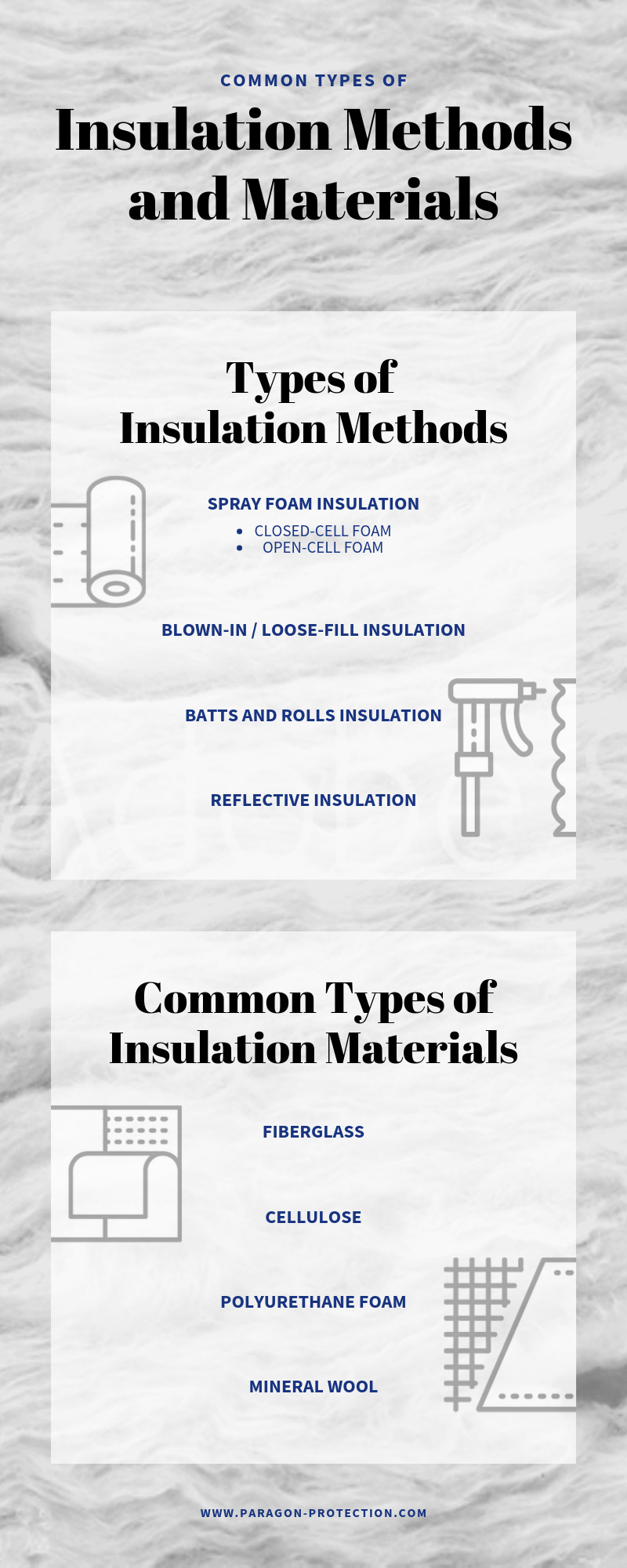

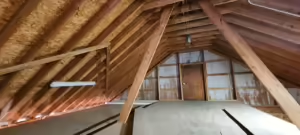
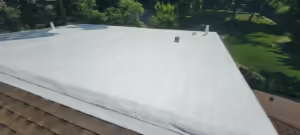
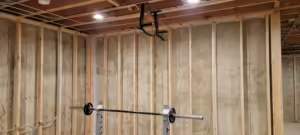
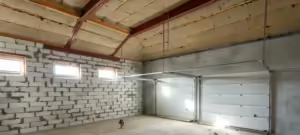

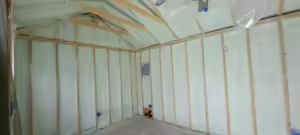
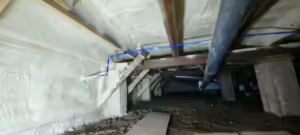
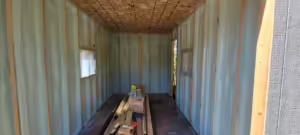
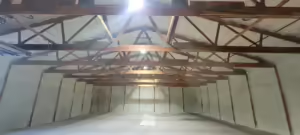
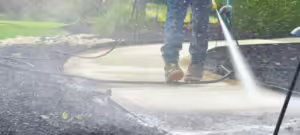
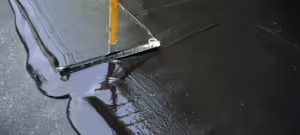
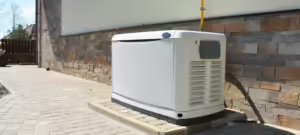
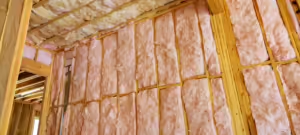
 Professional Insulation Services
Professional Insulation Services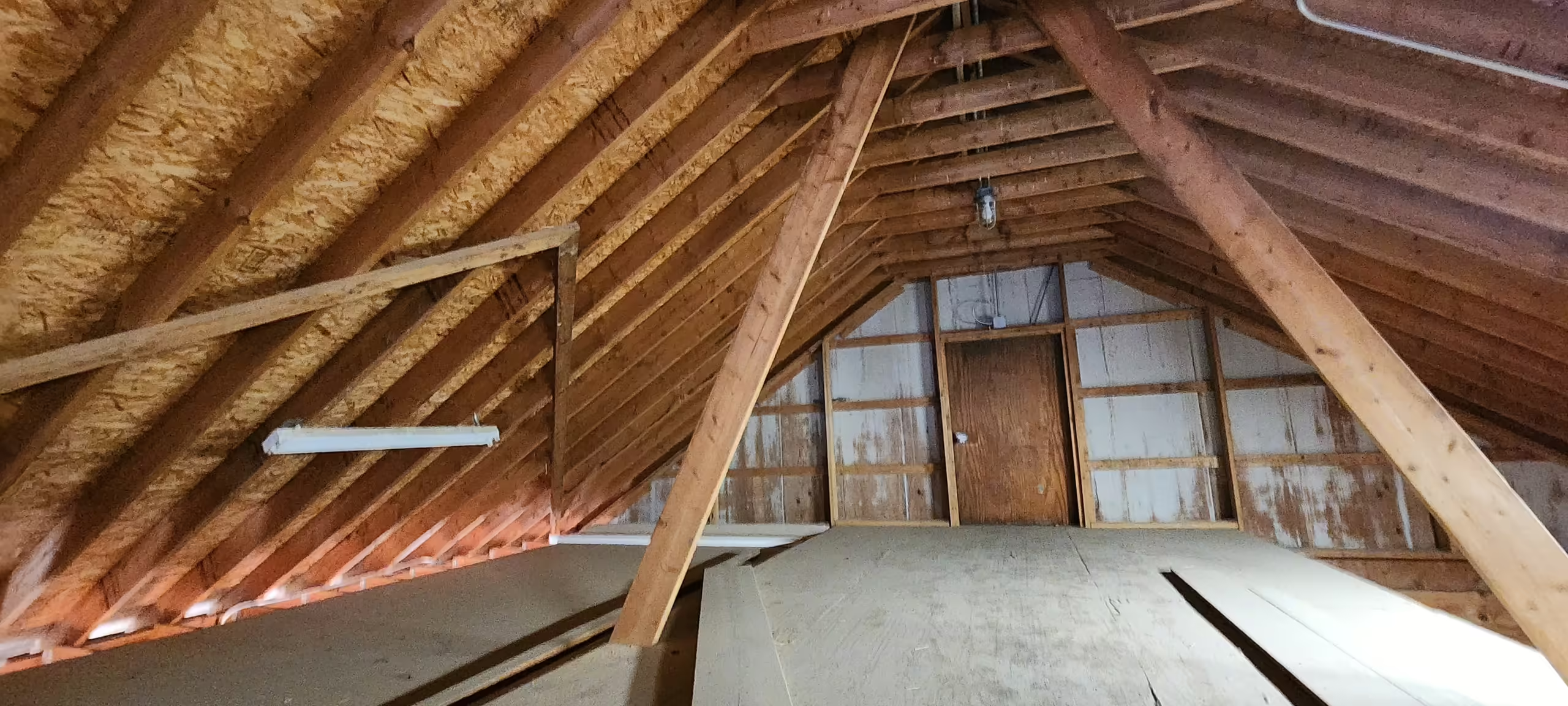 Attic Insulation Services
Attic Insulation Services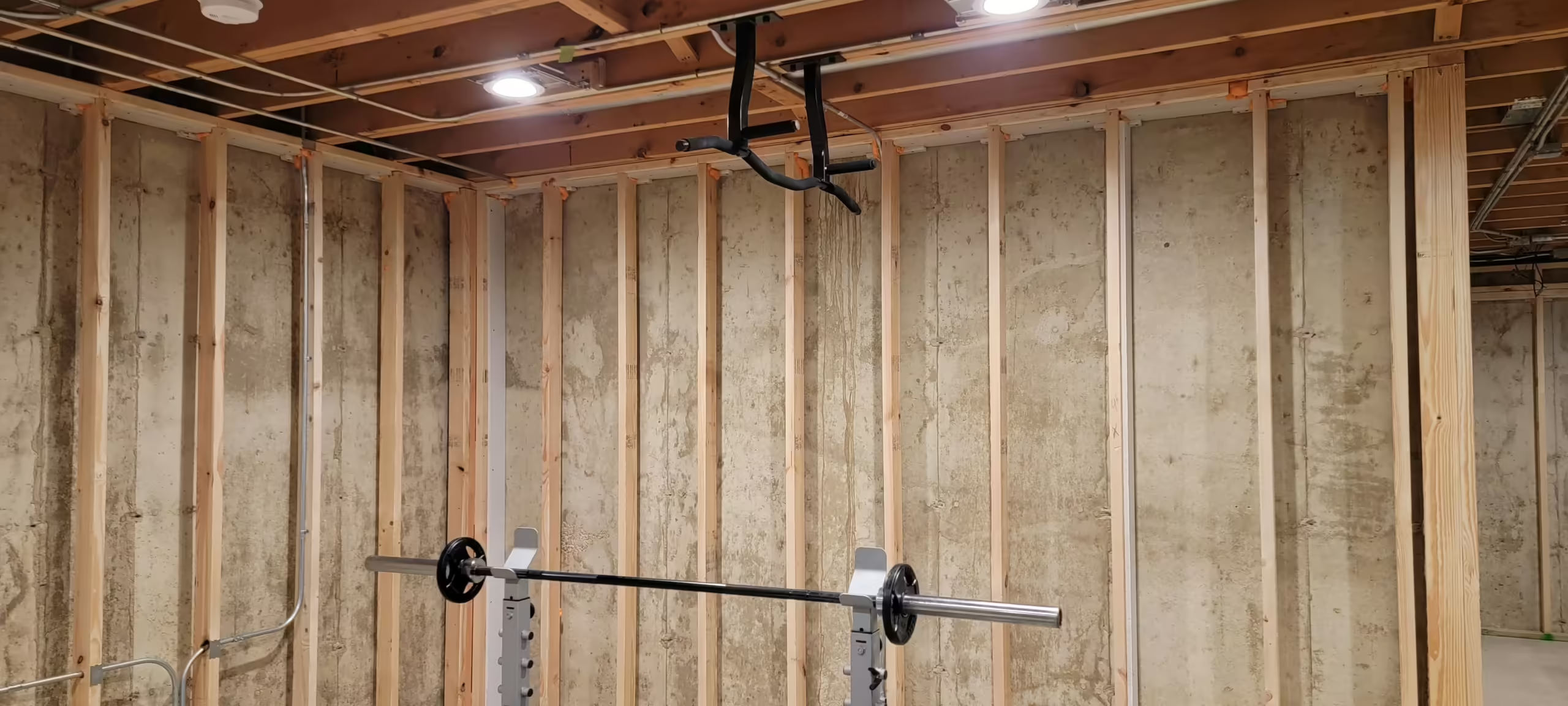 Basement Insulation
Basement Insulation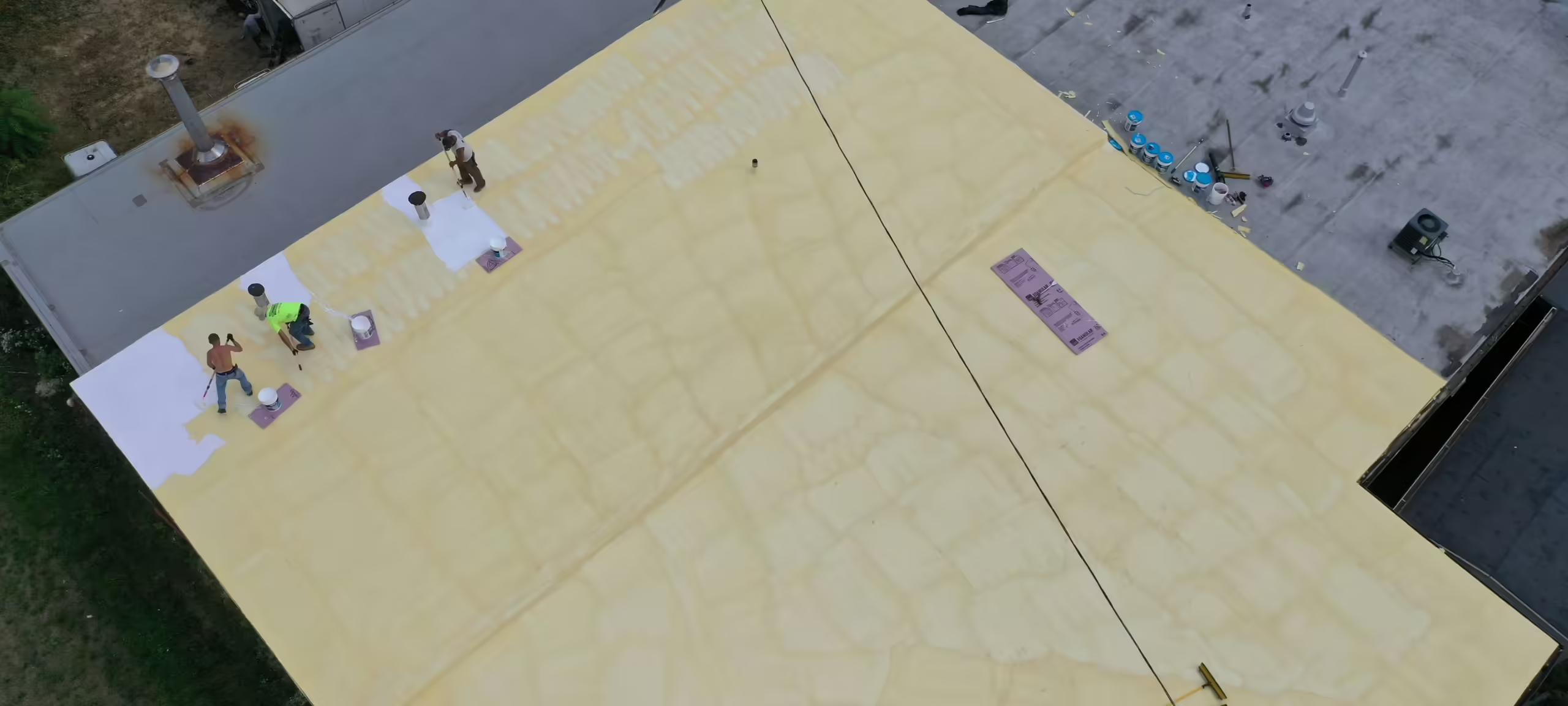 Commercial Insulation
Commercial Insulation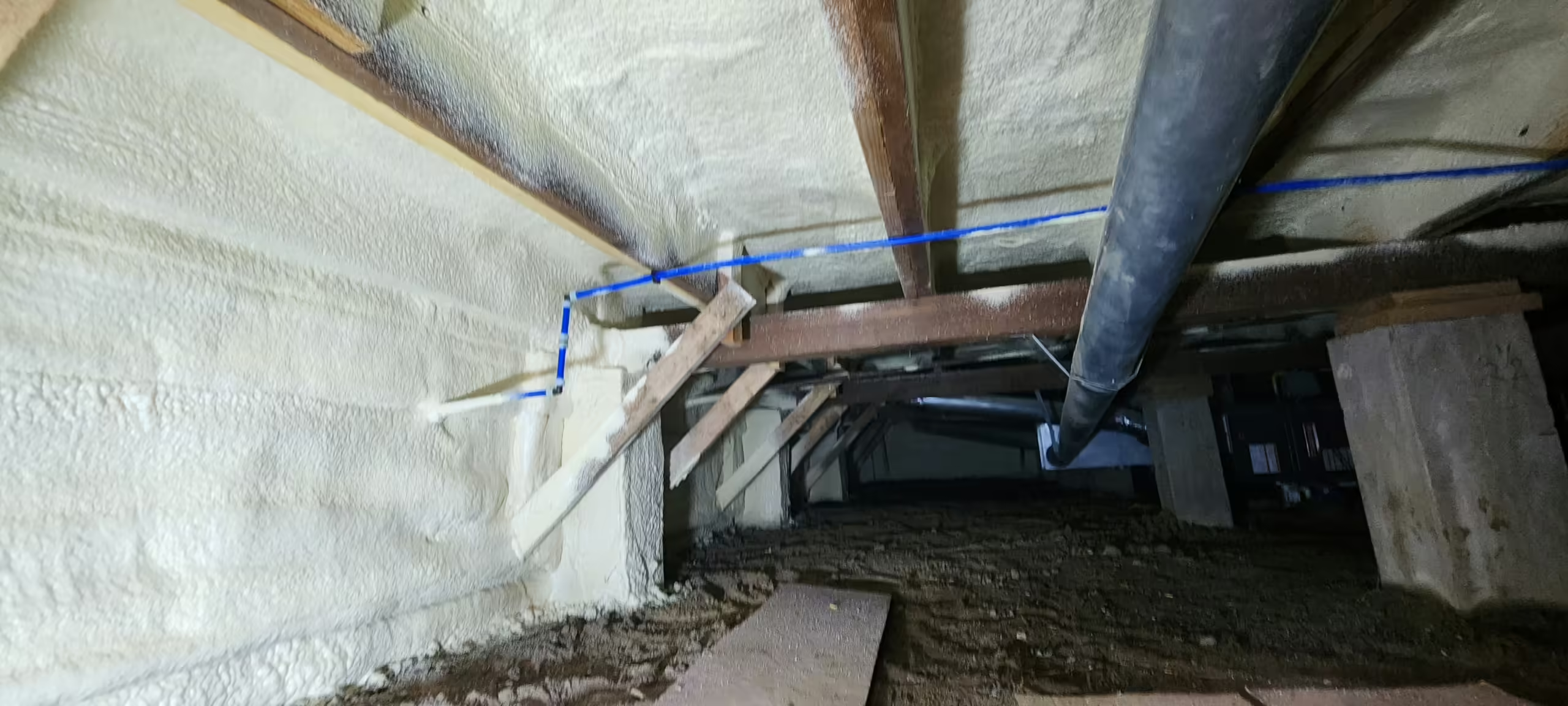 Crawl Space Insulation
Crawl Space Insulation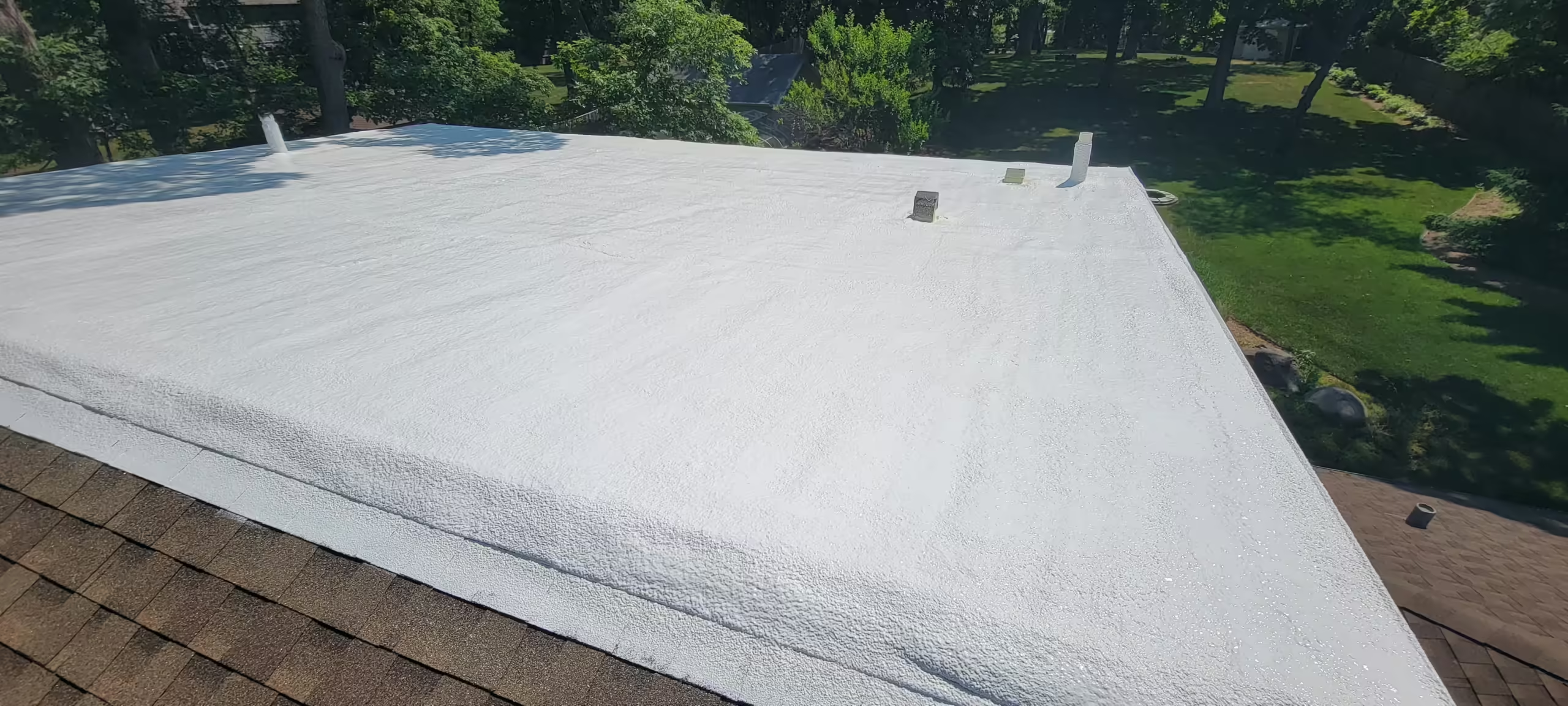 Exterior Wall Insulation
Exterior Wall Insulation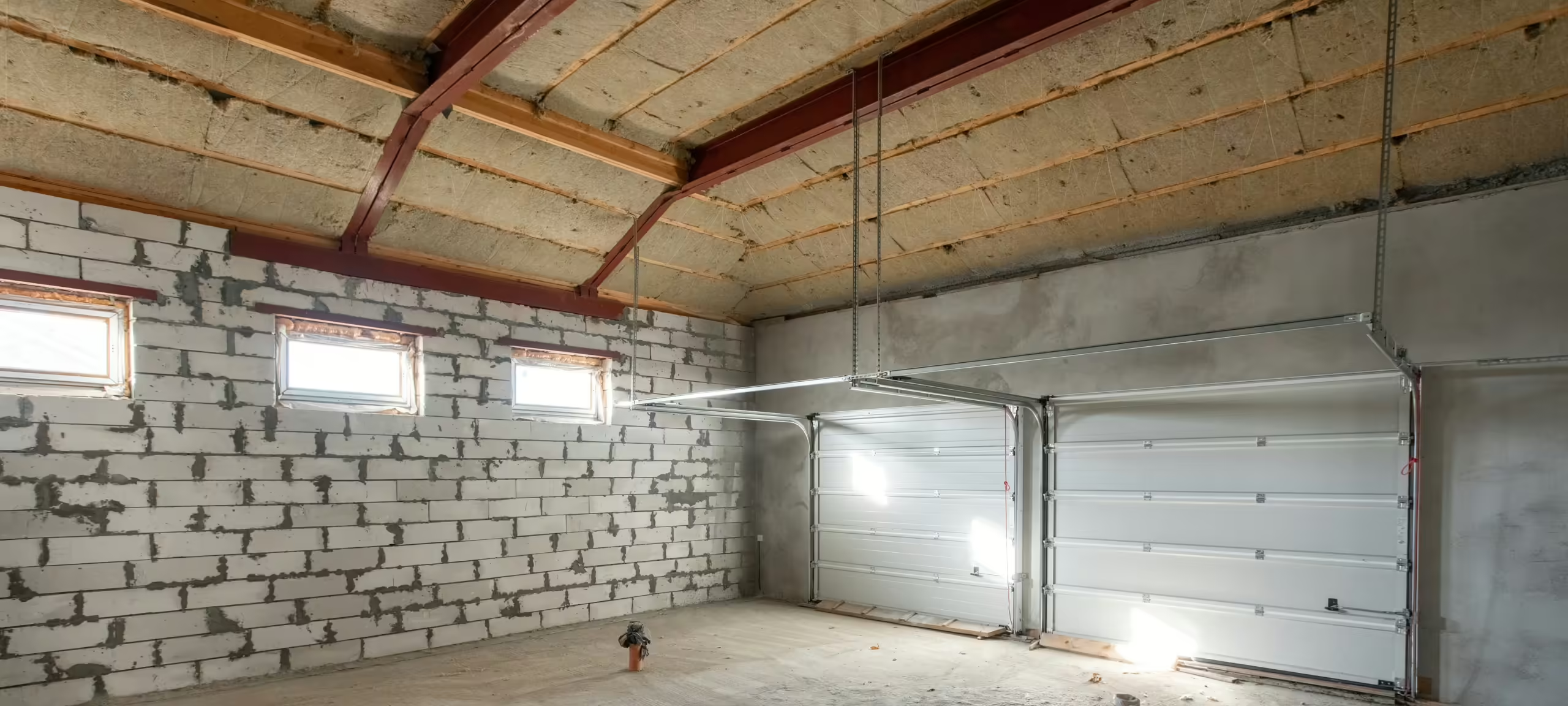 Garage Insulation
Garage Insulation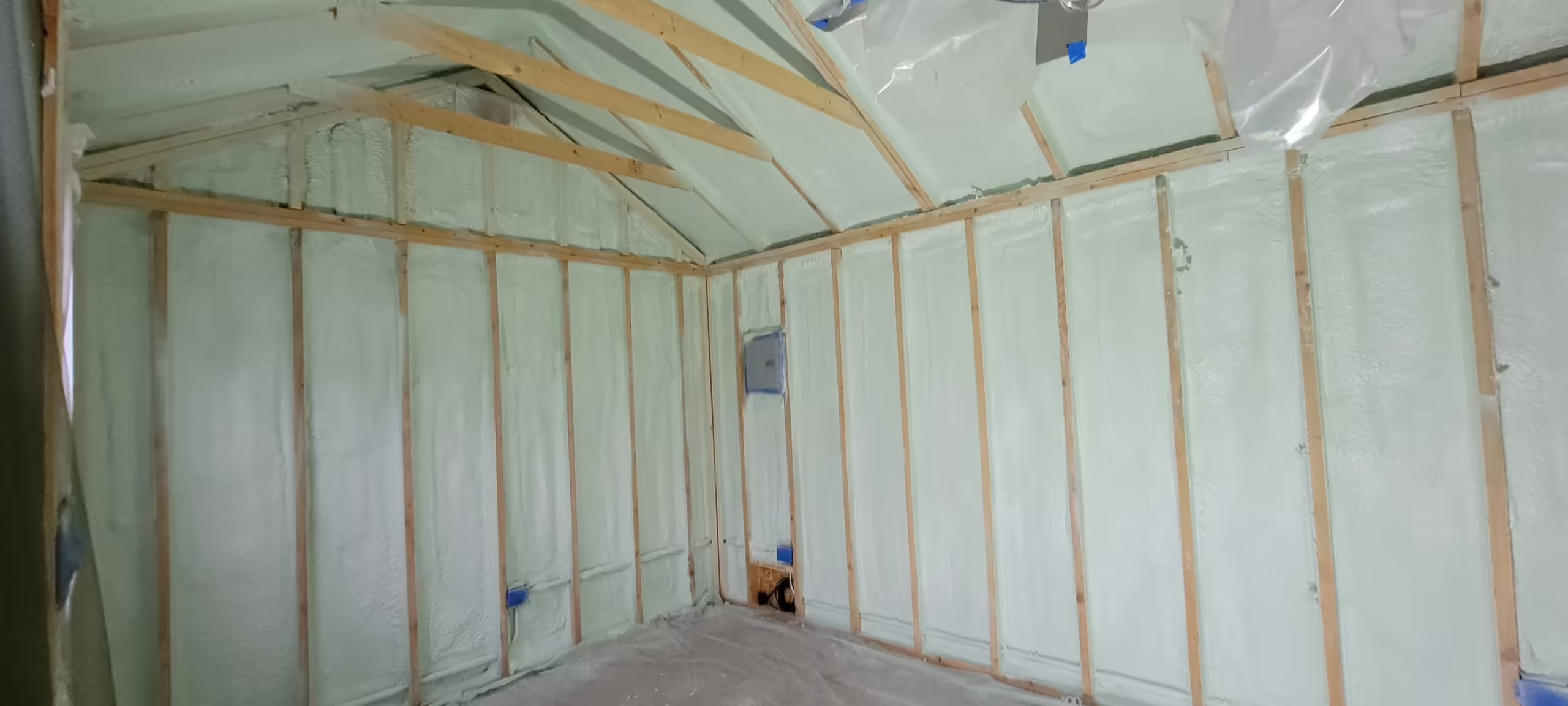 Interior Wall Insulation
Interior Wall Insulation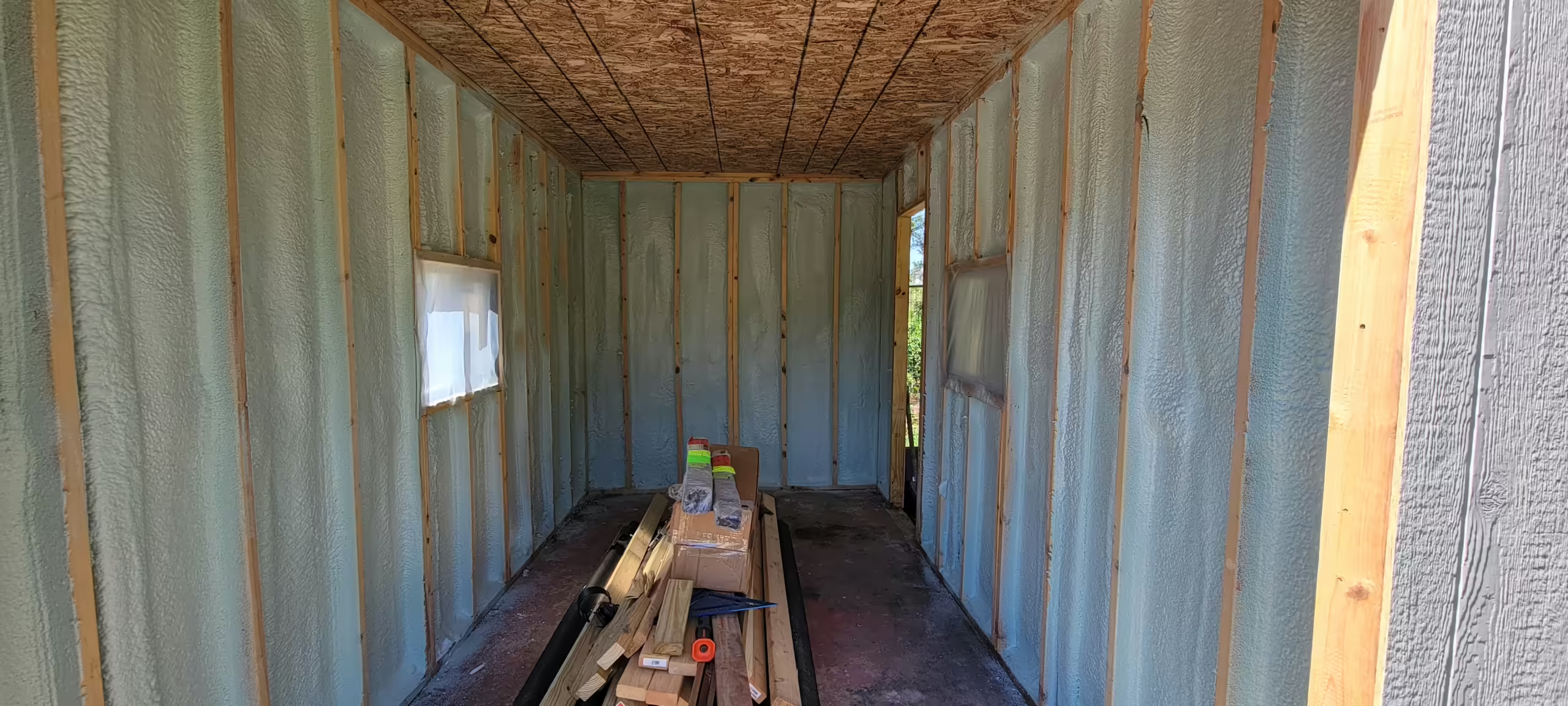 Shed Insulation
Shed Insulation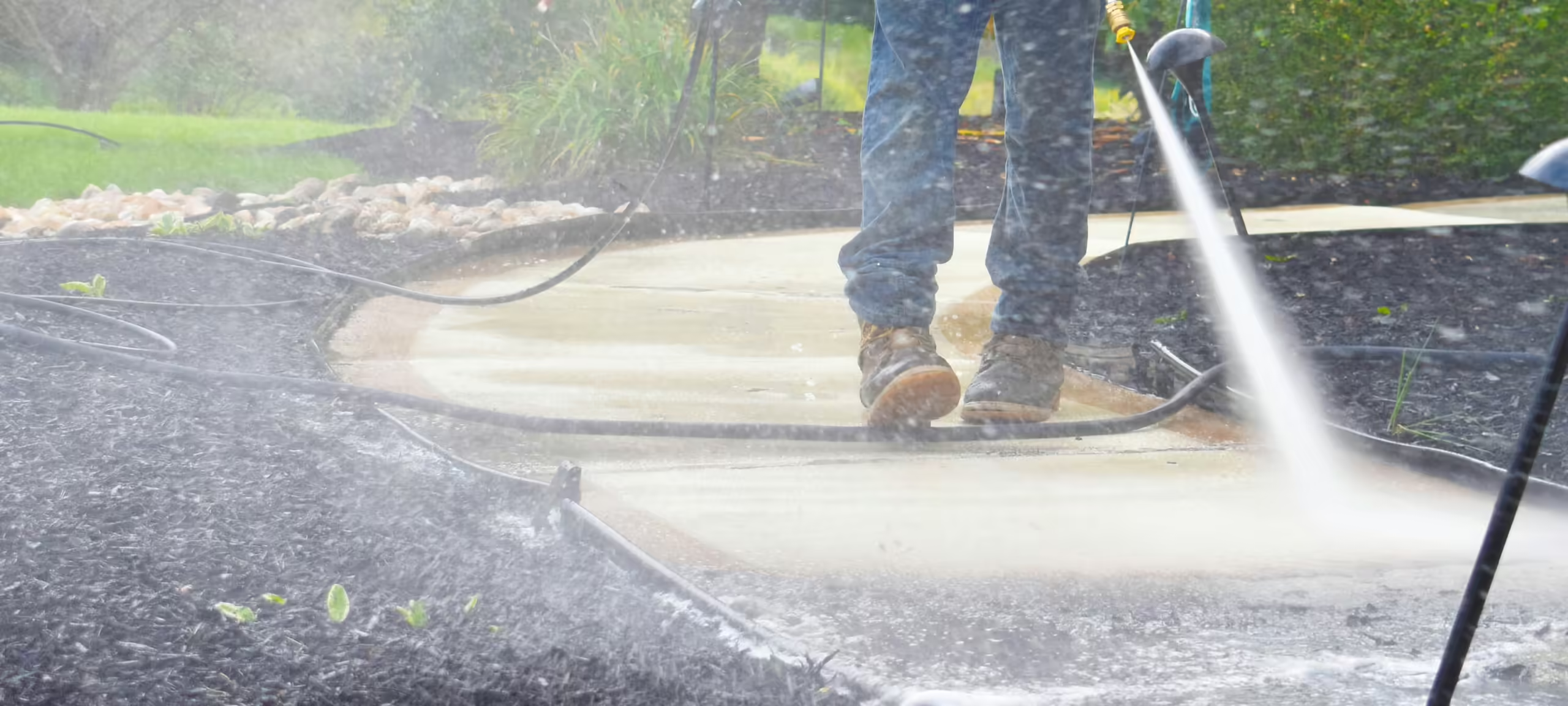 Power Washing
Power Washing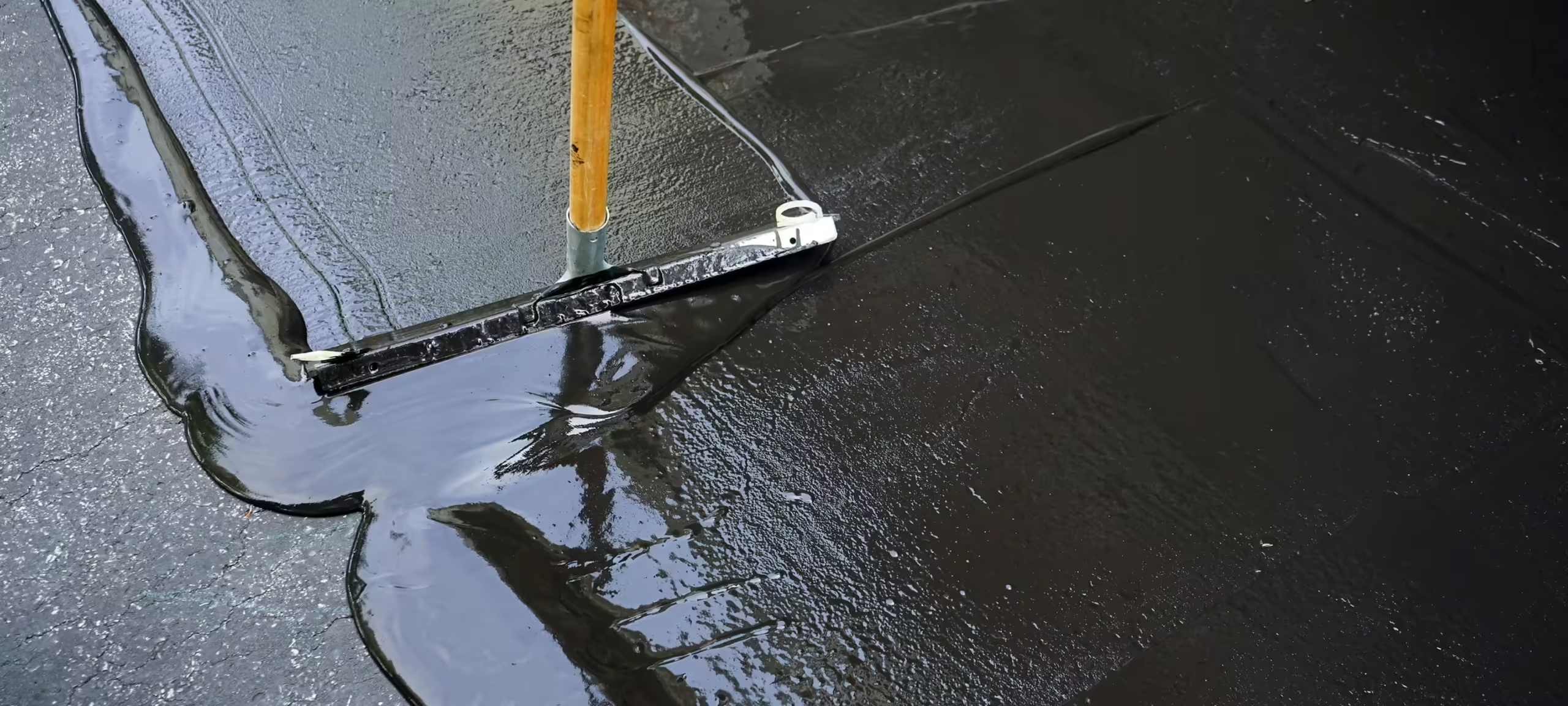 Sealcoating
Sealcoating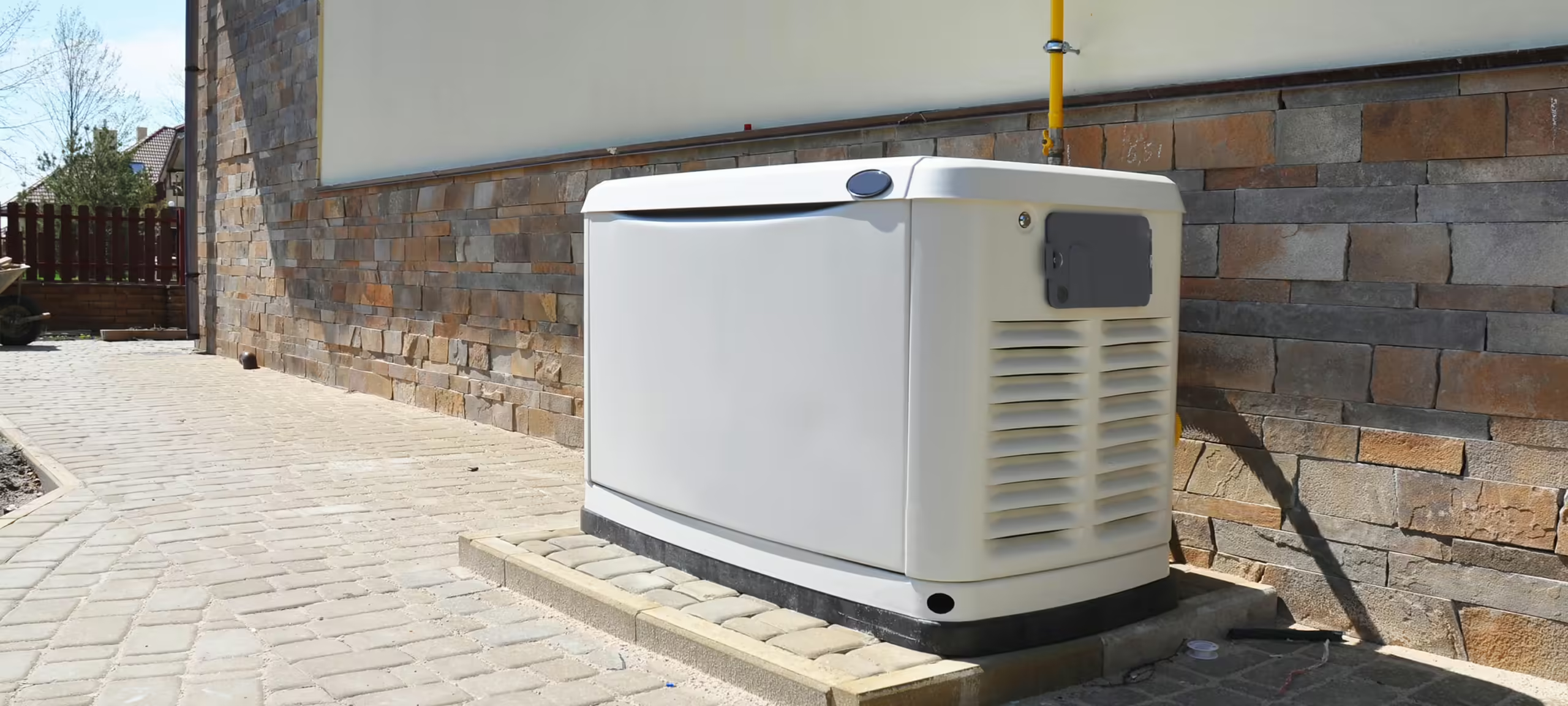 Backup Power Generators
Backup Power Generators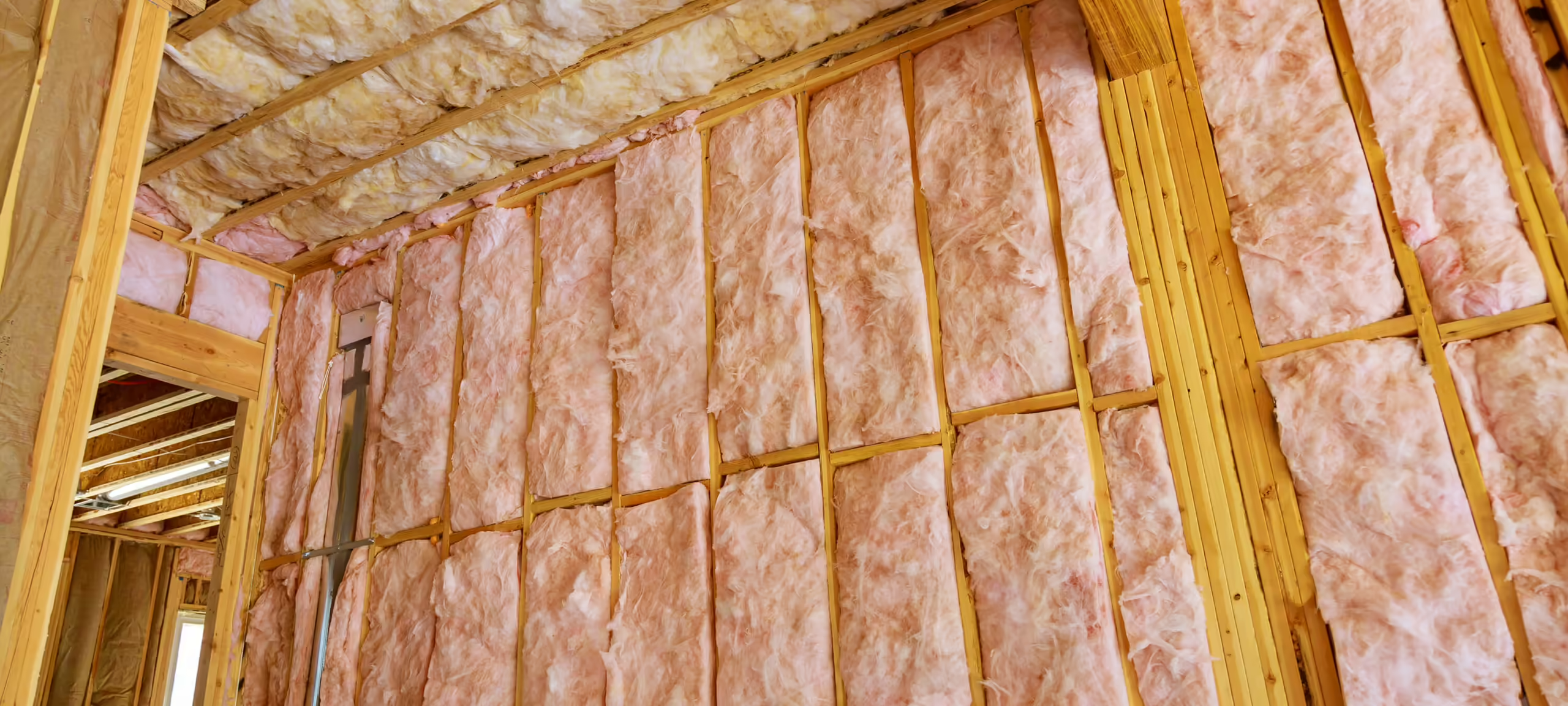 Insulation Removal Service
Insulation Removal Service Lake County Insulation
Lake County Insulation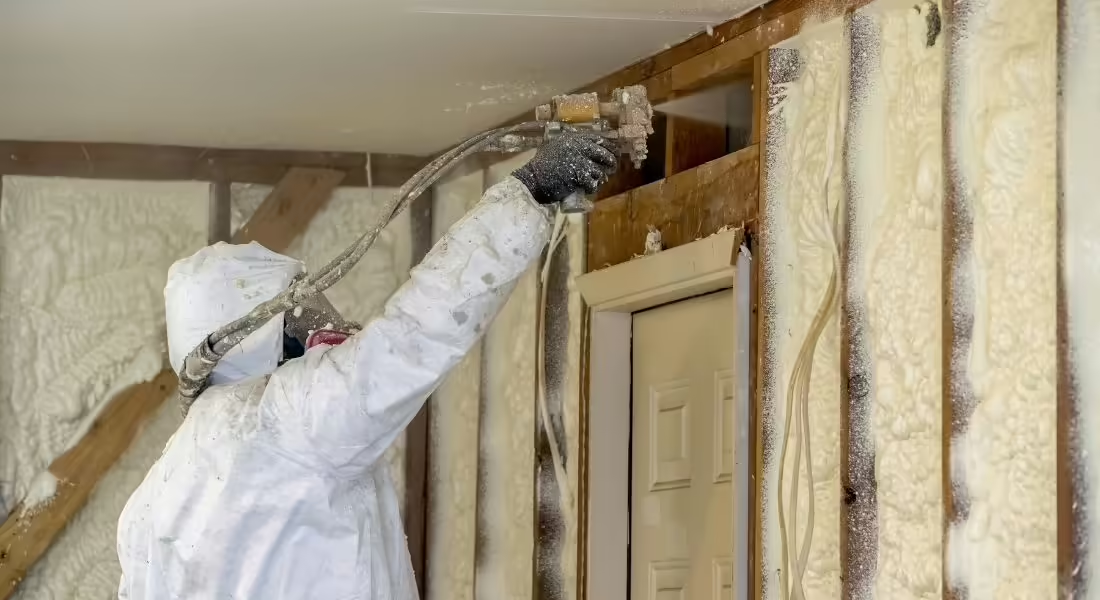 Spray Foam Insulation Guides
Spray Foam Insulation Guides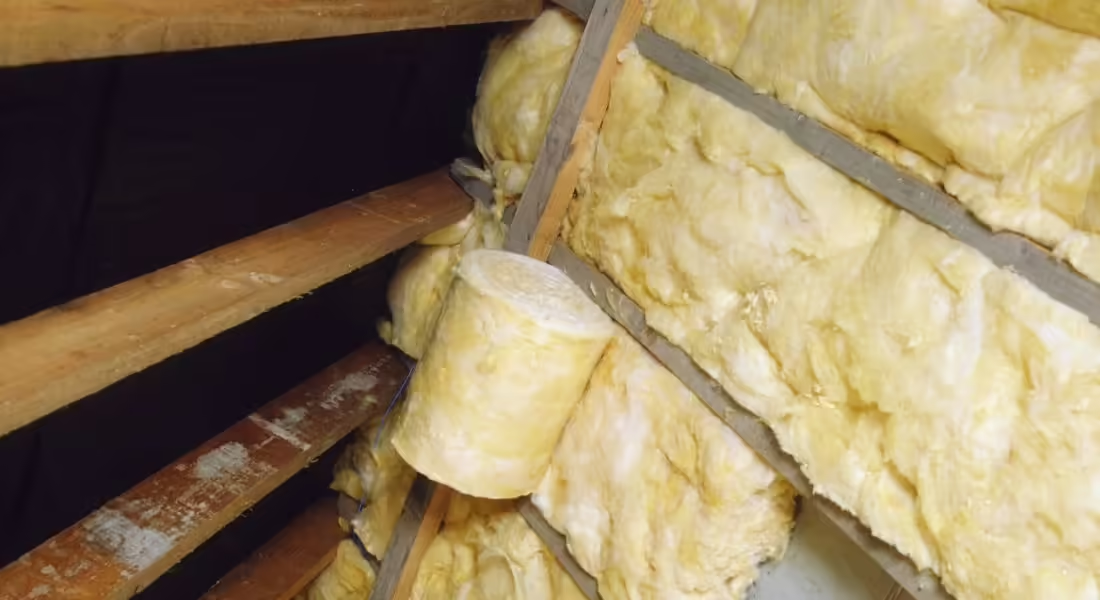 Insulation Guide
Insulation Guide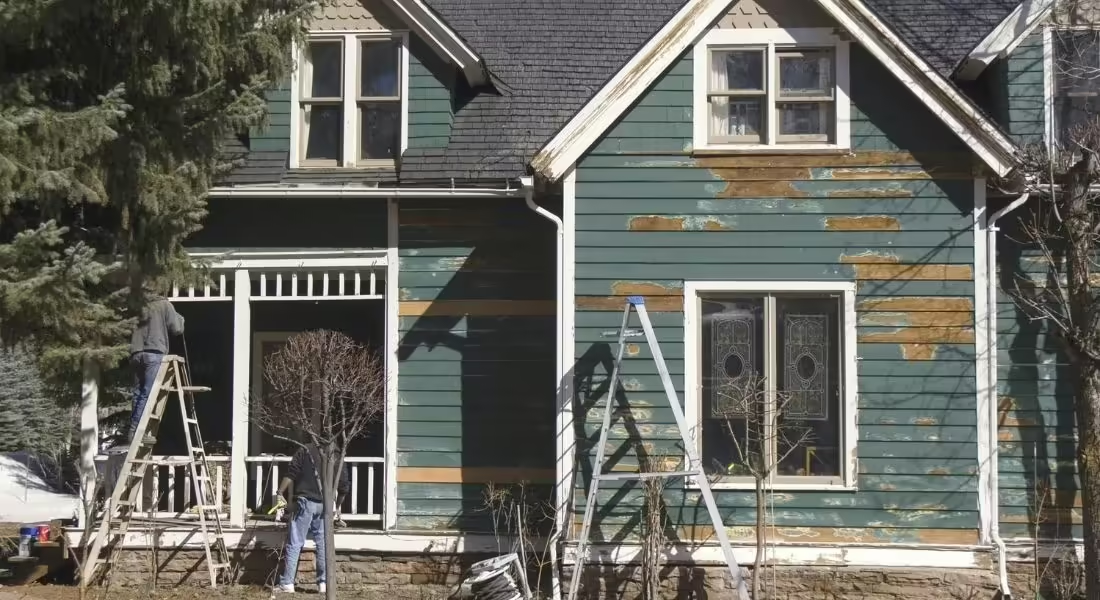 Home Improvement & Maintenance Guide
Home Improvement & Maintenance Guide